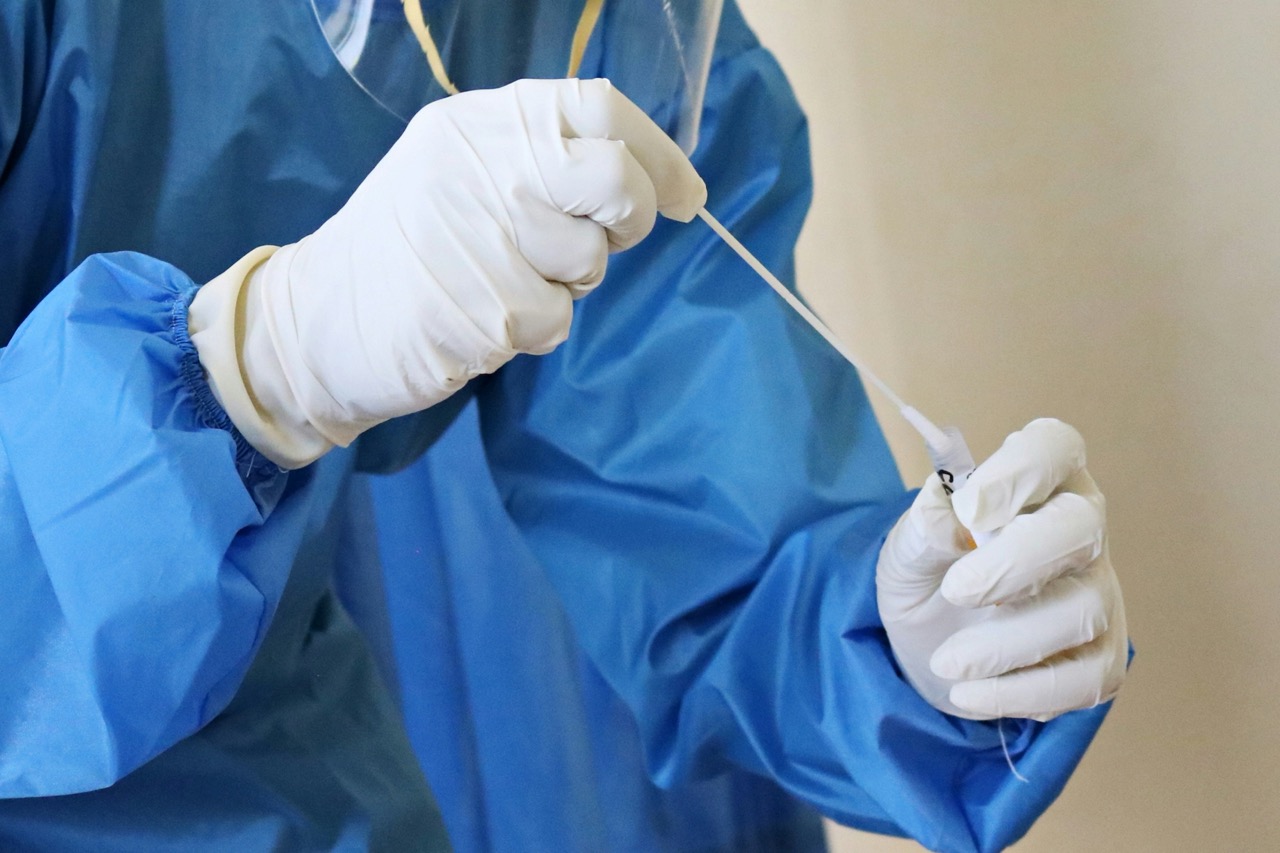Sexually transmitted diseases (STDs) are a significant public health concern affecting millions of individuals globally. Among the various methods for reducing the risk of transmission, condoms are one of the most effective barriers available. However, selecting the right condom is crucial for ensuring maximum protection. This article will guide you through the various factors to consider when choosing the best condom for STD prevention, including types, materials, sizing, and additional features.
Understanding the Role of Condoms in STD Prevention
Condoms serve as a physical barrier during sexual intercourse, significantly reducing the risk of STD transmission by preventing direct contact with bodily fluids. They are designed to protect against pathogens that cause various infections, including HIV, chlamydia, gonorrhea, and syphilis. When used consistently and correctly, condoms are highly effective in minimizing the risk of these diseases, making them a cornerstone in public health strategies aimed at controlling STDs.
The effectiveness of condoms is closely linked to their proper use. Misapplication, such as putting the condom on incorrectly or using expired products, can lead to breakage or slippage, reducing their protective capabilities. Thus, understanding the proper usage and limitations of condoms is essential for anyone who is sexually active, particularly for those with multiple partners or those who are in non-monogamous relationships.
Different Types of Condoms: Latex, Polyurethane, and More
Condoms are commonly made from various materials, the most prevalent being latex. Latex condoms are known for their elasticity and strength, providing a reliable barrier against STDs and pregnancy. However, they are not suitable for individuals with latex allergies, necessitating the use of alternative materials such as polyurethane or polyisoprene, which also offer effective protection.
Polyurethane condoms are thinner than latex and can transmit heat better, providing a more natural feeling during intercourse. However, they are less elastic, which can lead to a higher risk of breakage. Polyisoprene, made from synthetic rubber, offers the benefits of latex without the allergens, combining flexibility and comfort. Understanding these options allows individuals to make informed choices based on their personal preferences and health needs.
Evaluating Effectiveness: How Well Do Condoms Work?
Research indicates that when used consistently and correctly, condoms are approximately 98% effective in preventing pregnancy and significantly reduce the transmission of STDs. The effectiveness may vary depending on factors such as the type of sexual activity and the presence of other risk factors, such as existing infections. Therefore, while condoms provide a high level of protection, they are not foolproof.
In conjunction with other preventive measures, such as regular testing and open communication with partners about sexual health, condoms can form part of a comprehensive strategy to minimize STD risks. Understanding their limitations helps individuals make informed decisions and promotes safer sexual practices.
The Importance of Proper Condom Sizing for Safety
Proper sizing is a critical factor in condom effectiveness. A condom that is too tight may break, while one that is too loose may slip off, both compromising its protective capabilities. Manufacturers typically provide size guidelines, which can be determined by measuring the girth and length of the penis. Selecting the right size not only enhances safety but also improves comfort and pleasure during intercourse.
Individuals should be aware that condom sizes vary between brands, and what may fit well with one brand may not be suitable for another. It’s advisable for users to experiment with different brands and sizes to find the best fit, thereby ensuring maximum protection and comfort during use.
Analyzing Condom Materials: Pros and Cons for STD Protection
As mentioned earlier, latex, polyurethane, and polyisoprene are the most common condom materials, each with its advantages and disadvantages. Latex condoms are the gold standard in STD prevention due to their efficacy and widespread availability. However, individuals with latex allergies must consider alternatives, as allergic reactions can occur during usage.
Polyurethane condoms, while effective, can be less reliable with oil-based lubricants, which may degrade the material. Polyisoprene offers a balance of comfort and protection but may be slightly more expensive. Understanding the pros and cons of each material can aid individuals in selecting the best option tailored to their health needs and lifestyle.
Lubrication Options: Enhancing Safety and Comfort
Using lubricant can significantly enhance condom effectiveness and user experience. Lubricants reduce friction, decreasing the likelihood of condom breakage during intercourse. Water-based and silicone-based lubricants are generally safe to use with latex condoms, while oil-based lubricants should be avoided as they can compromise the integrity of latex.
Individuals should consider their sensitivity and preferences when selecting a lubricant. Some products contain additional ingredients for pleasure enhancement, but it is essential to choose options that are compatible with the condom material to avoid adverse reactions and maintain protection against STDs.
Recognizing the Impact of Storage Conditions on Efficacy
Proper storage conditions are vital for maintaining the effectiveness of condoms. Exposure to extreme temperatures, humidity, and sunlight can degrade the material, increasing the risk of breakage. Condoms should be stored in a cool, dry place, away from direct sunlight and any sharp objects that could compromise their integrity.
Individuals should also keep condoms in their original packaging until use to ensure they remain protected from environmental damage. By being mindful of storage conditions, users can maximize the shelf life and reliability of their condoms, thereby enhancing their protective capabilities.
The Role of Expiration Dates in Condom Reliability
Every condom package is labeled with an expiration date, which indicates the period during which the product is guaranteed to maintain its effectiveness. Using condoms past their expiration date can significantly increase the risk of breakage, leading to potential exposure to STDs. Therefore, it is crucial for users to check the expiration date before use and dispose of any expired products.
Regularly reviewing and replenishing a condom supply can help ensure that users always have effective protection on hand. This practice is especially important for individuals who are sexually active or who may have sporadic partners, as it reinforces a commitment to safe sexual practices.
Choosing Condoms With FDA Approval for Optimal Safety
In the United States, condoms are regulated by the Food and Drug Administration (FDA), which ensures that they meet specific safety and efficacy standards. Selecting condoms that carry the FDA approval mark is essential as it indicates that the product has been tested and deemed reliable for preventing STDs and pregnancy.
Users should be wary of purchasing condoms from unregulated sources or those that do not meet safety standards. Ensuring the chosen condom is FDA-approved can provide peace of mind and enhances the overall efficacy of the preventive measures taken.
Assessing Special Features: Textured and Ultra-Thin Options
Many manufacturers offer specialized condoms that feature textures or ultra-thin designs to enhance sexual pleasure. Textured condoms, such as ribbed or dotted varieties, can increase stimulation for both partners, potentially leading to more satisfying sexual experiences. However, users should still prioritize effectiveness when selecting these products.
Ultra-thin condoms are designed to provide a more natural feel while still maintaining a high level of protection. While they can enhance sensitivity, it is important to ensure that they are still durable and effective in preventing STDs. Users should consider trying different types to find what works best for their needs without sacrificing safety.
Understanding the Limitations of Condom Use
Despite their effectiveness, condoms do have limitations. They do not provide absolute protection against all STDs, particularly those transmitted through skin-to-skin contact, such as herpes and HPV. Additionally, improper usage or failure to use a condom consistently can significantly diminish their protective capabilities.
It is essential to acknowledge these limitations while still recognizing condoms as a primary defense mechanism against many sexually transmitted infections. This awareness promotes a more holistic approach to sexual health that includes regular testing, vaccinations (where applicable), and open communication with partners regarding risks.
Recommendations for STD Prevention Beyond Condom Use
While condoms are a vital component of STD prevention, they are most effective when used in conjunction with other preventive measures. Regular testing for STDs, especially for sexually active individuals with multiple partners, is crucial for early detection and treatment. Additionally, effective vaccinations, such as those for HPV and hepatitis B, can further reduce the risk of transmission.
Open communication with sexual partners regarding health status and safe practices is equally important. Establishing trust and transparency can lead to safer sex practices and informed decision-making among partners, contributing to overall sexual health and well-being.
Choosing the best condom for STD prevention requires careful consideration of various factors, including material, sizing, and storage conditions. By understanding the role condoms play in reducing STD transmission and being aware of their limitations, individuals can make informed choices about their sexual health. Ultimately, incorporating condoms into a broader strategy for STD prevention can empower individuals to engage in safer sexual practices, promoting both personal health and public well-being.










